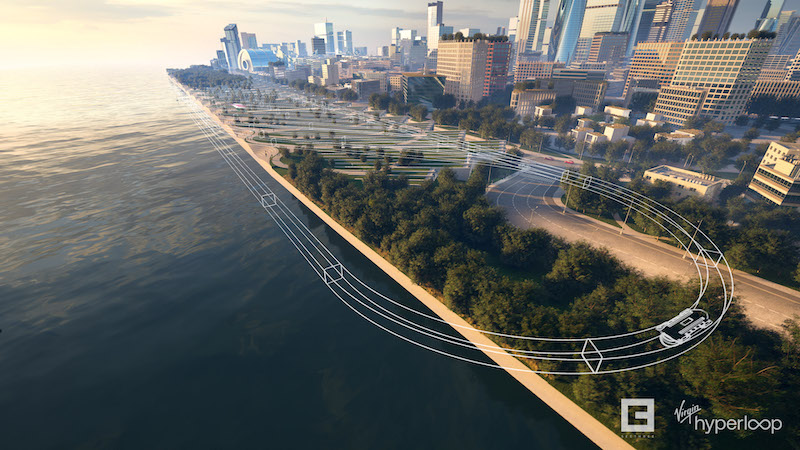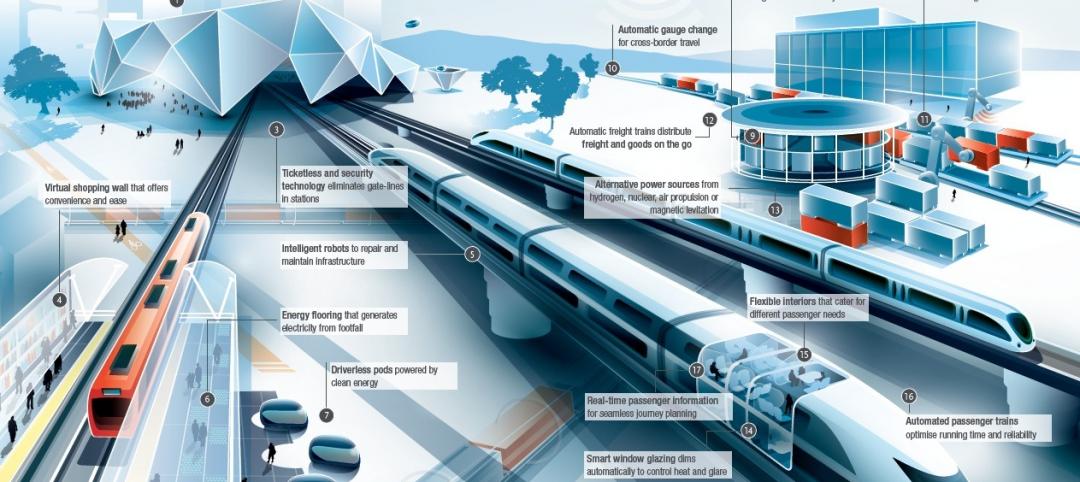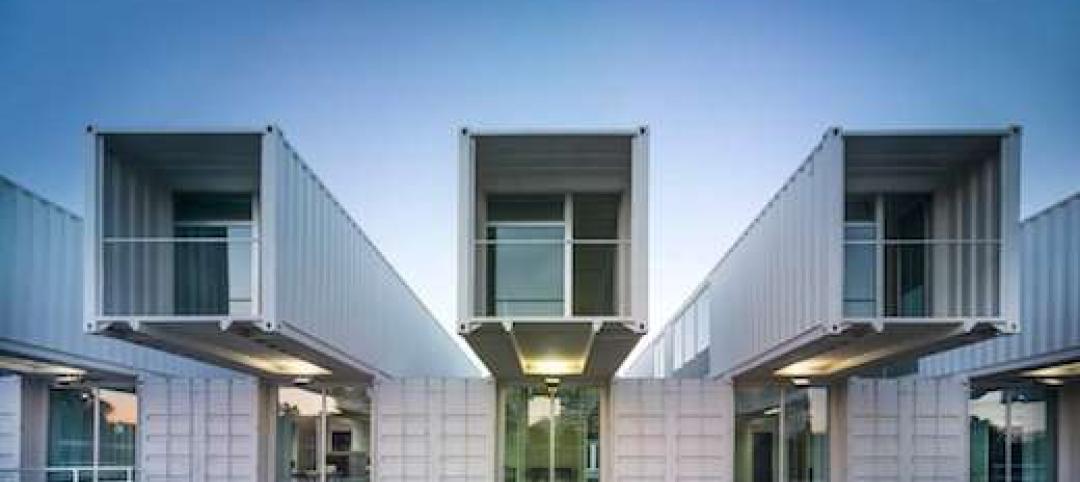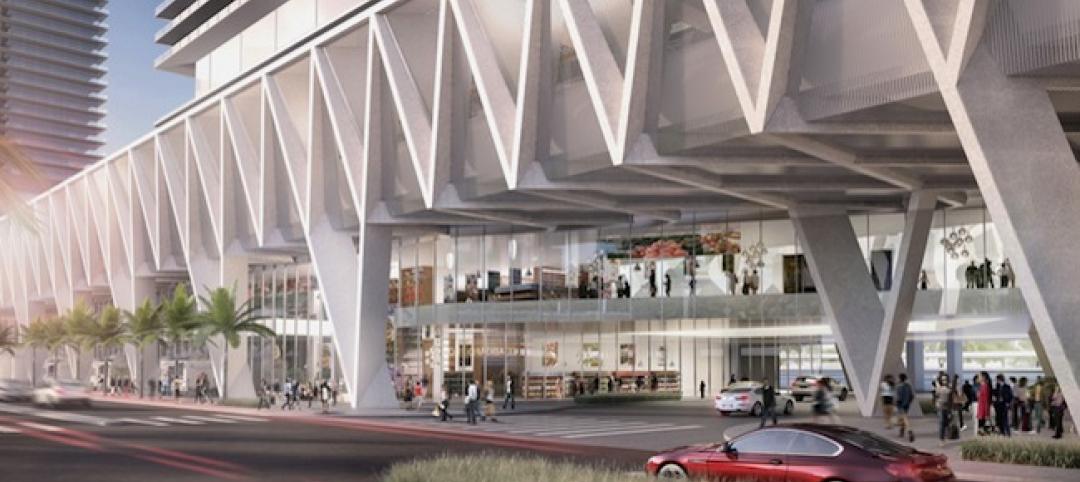Just a few months after Virgin Hyperloop completed its first passenger testing, the company has unveiled the design vision for its end-to-end passenger experience.
Virgin Hyperloop has released a new concept video (below) that takes viewers through the step-by-step process of a hyperloop journey, from arriving at the Bjarke Ingels Group-designed portals, to boarding the Teague-designed pods, to being transported to the destination portals.
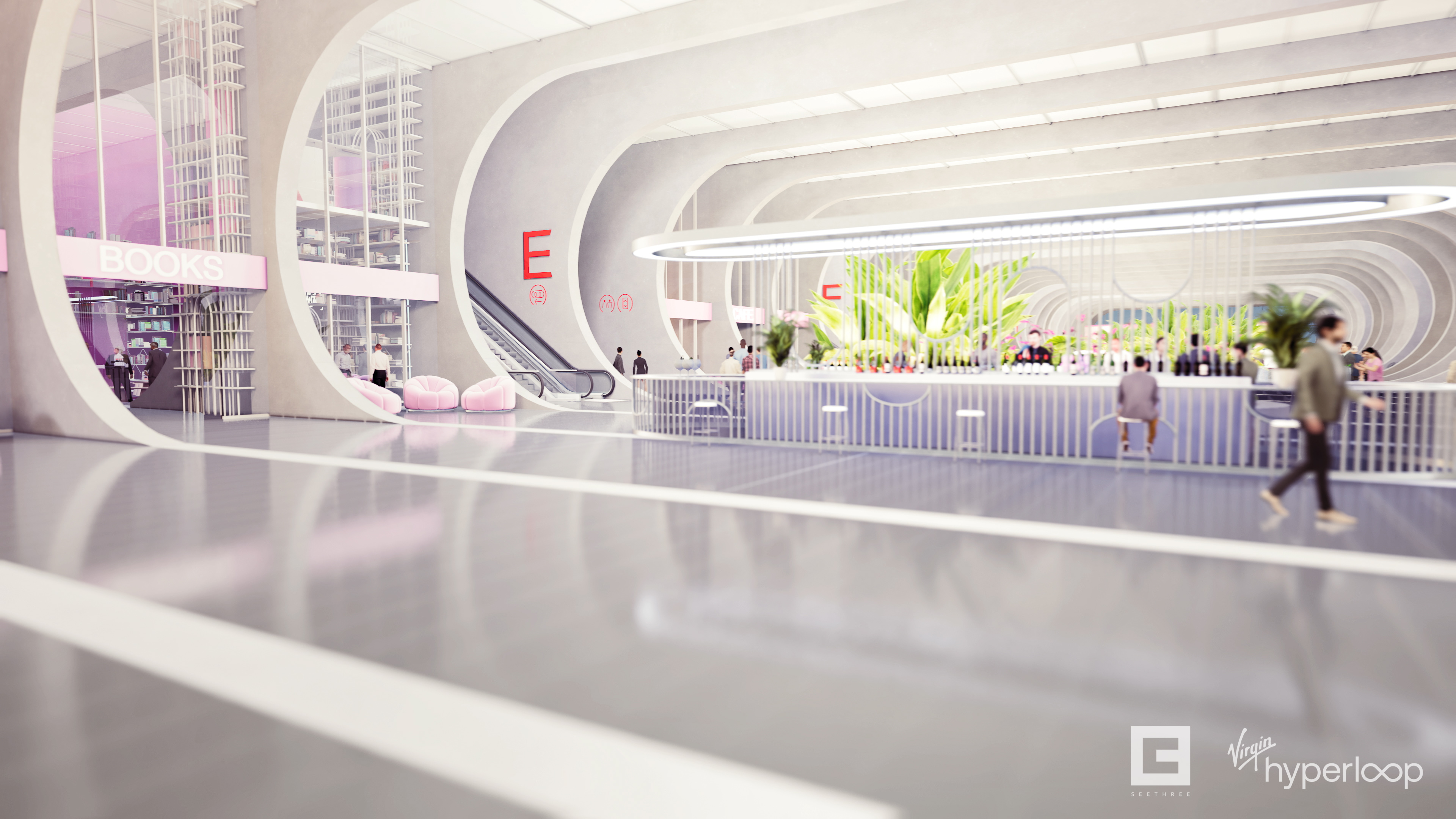
“The new mode of travel at supersonic speed rethinks transportation and the perception of space, landscape, time, and distance,” said Bjarke Ingels, Founder & Creative Director, BIG-Bjarke Ingels Group, in a release. “In this day and age, Virgin Hyperloop taking off from our portals provides holistic, intelligent transportation for a globalized community to travel across vast distances in a safer, cleaner, easier, and faster way than airlines.”
The passenger experience is designed to be a multi-sensory experience that surpasses that of any other form of mass transit. It forgoes dark colors, stark lighting, and numerous screens for a more optimistic future that is greener, smoother, safer, and more pleasant for the passenger.
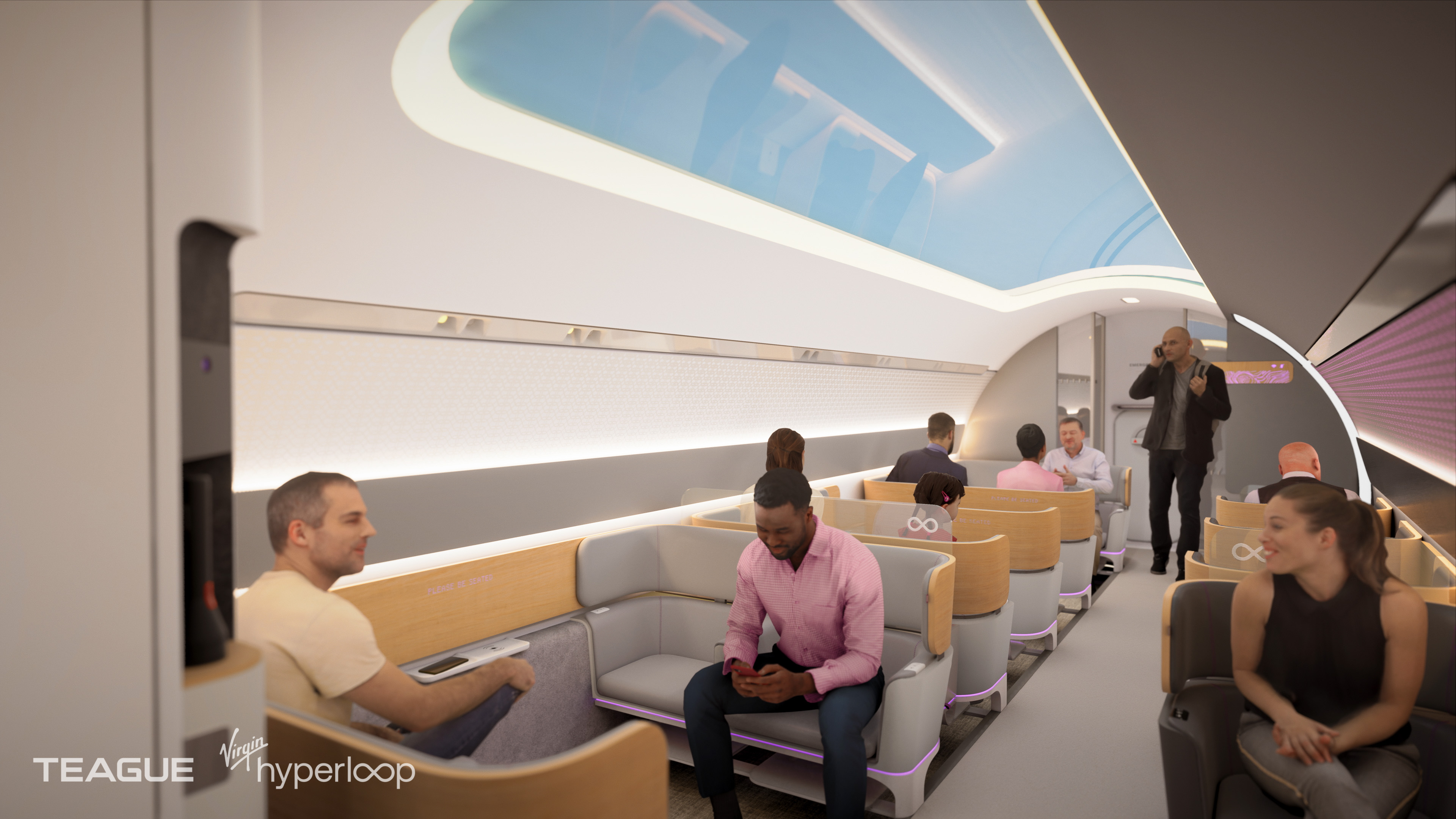
“Recessed seat wells provide a greater sense of space, while the raised aisle is a touch of the unexpected and unique. Bands of greenery and wood textures subvert the aesthetic of typical mass transit materials with something optimistic and fresh.” Said John Barrett, CEO & President of Teague, Virgin Hyperloop’s pod designer, in a release. “All lighting in the pod—including the unassuming information displays—are dynamic and adjust based on traveler activity and journey milestones."
See Also: BIG designs Hyperloop Certification Center for Virgin Hyperloop
Virgin Hyperloop aims to achieve safety certification by 2025, with commercial operations such as those depicted in the video, beginning in 2030.
Related Stories
| Jun 30, 2014
Research finds continued growth of design-build throughout United States
New research findings indicate that for the first time more than half of projects above $10 million are being completed through design-build project delivery.
| Jun 30, 2014
Arup's vision of the future of rail: driverless trains, maintenance drones, and automatic freight delivery
In its Future of Rail 2050 report, Arup reveals a vision of the future of rail travel in light of trends such as urban population growth, climate change, and emerging technologies.
| Jun 18, 2014
Arup uses 3D printing to fabricate one-of-a-kind structural steel components
The firm's research shows that 3D printing has the potential to reduce costs, cut waste, and slash the carbon footprint of the construction sector.
| Jun 12, 2014
Austrian university develops 'inflatable' concrete dome method
Constructing a concrete dome is a costly process, but this may change soon. A team from the Vienna University of Technology has developed a method that allows concrete domes to form with the use of air and steel cables instead of expensive, timber supporting structures.
| Jun 6, 2014
Shipping container ship terminal completed in Spain
In Seville, Spain, architectural firms Hombre de Piedra and Buró4 have designed and completed a cruise ship terminal out of used shipping containers.
| Jun 2, 2014
Parking structures group launches LEED-type program for parking garages
The Green Parking Council, an affiliate of the International Parking Institute, has launched the Green Garage Certification program, the parking industry equivalent of LEED certification.
| Jun 2, 2014
SOM unveils plans for Miami transit hub
The elevated station will be a key portal within All Aboard Florida’s rail system, the nation's only privately owned, operated, and financed rail network.
| May 29, 2014
7 cost-effective ways to make U.S. infrastructure more resilient
Moving critical elements to higher ground and designing for longer lifespans are just some of the ways cities and governments can make infrastructure more resilient to natural disasters and climate change, writes Richard Cavallaro, President of Skanska USA Civil.
| May 20, 2014
Kinetic Architecture: New book explores innovations in active façades
The book, co-authored by Arup's Russell Fortmeyer, illustrates the various ways architects, consultants, and engineers approach energy and comfort by manipulating air, water, and light through the layers of passive and active building envelope systems.
| May 19, 2014
What can architects learn from nature’s 3.8 billion years of experience?
In a new report, HOK and Biomimicry 3.8 partnered to study how lessons from the temperate broadleaf forest biome, which houses many of the world’s largest population centers, can inform the design of the built environment.


